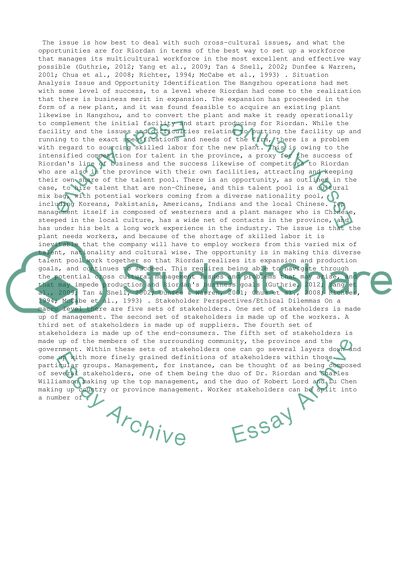Cite this document
(“Problem Solution: Riordan Essay Example | Topics and Well Written Essays - 1500 words”, n.d.)
Retrieved from https://studentshare.org/management/1446683-riordan-problem-solution
Retrieved from https://studentshare.org/management/1446683-riordan-problem-solution
(Problem Solution: Riordan Essay Example | Topics and Well Written Essays - 1500 Words)
https://studentshare.org/management/1446683-riordan-problem-solution.
https://studentshare.org/management/1446683-riordan-problem-solution.
“Problem Solution: Riordan Essay Example | Topics and Well Written Essays - 1500 Words”, n.d. https://studentshare.org/management/1446683-riordan-problem-solution.


